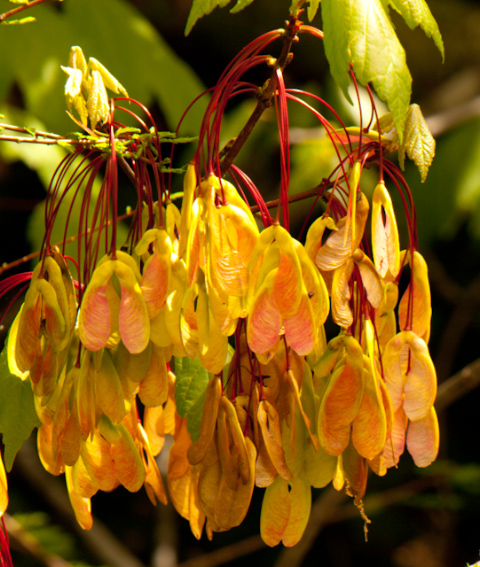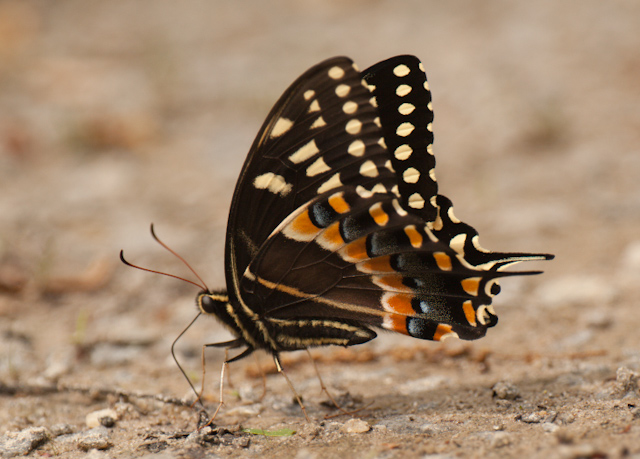The Great Dismal Swamp National Wildlife Refuge is a huge patch of forested swamp lying on the border between Southeastern Virginia and Northeastern North Carolina. It's less than an hour away from my suburban home but seems like another world. I've heard stories about entire runaway slave colonies being hidden in this vast wilderness. Obviously that was long ago, but it's not hard to imagine a small clandestine city thriving there undetected by anyone. Last year lightening started a forest fire that burned 6000 acres. People in this area grumbled about the smoke. But no one needed to worry about their homes, because it was a tiny portion of the refuge's acreage deep in the center. It amazes me that this exists smack in the middle of the Eastern Seaboard with urban and suburban spaces all around.
My husband and I visited this weekend ostensibly with the idea of birdwatching. There are amazing birds in the swamp. We hear incredible, unfamiliar birdsong every time we go. And every time we go, even this time when we specifically went with the idea of getting there before the trees fully leafed out, we have trouble spotting very many of them. The huge density of trees and shrubs, fully in leaf or not, means that a bird can be belting out its spring song at high volume very close by and still be utterly and completely hidden. We did get to see some very cool birds, a white-eyed vireo, prairie warbler and others, but it didn't take long for other spring features of the swamp to convince us to promote cameras over binoculars and make it a photo expedition.
My husband and I visited this weekend ostensibly with the idea of birdwatching. There are amazing birds in the swamp. We hear incredible, unfamiliar birdsong every time we go. And every time we go, even this time when we specifically went with the idea of getting there before the trees fully leafed out, we have trouble spotting very many of them. The huge density of trees and shrubs, fully in leaf or not, means that a bird can be belting out its spring song at high volume very close by and still be utterly and completely hidden. We did get to see some very cool birds, a white-eyed vireo, prairie warbler and others, but it didn't take long for other spring features of the swamp to convince us to promote cameras over binoculars and make it a photo expedition.
There were a surprising number of wildflowers. I often think of spring wildflowers as primarily the herbaceous ephemeral wildflowers you find on the forest floor, but the stars of this visit were incredible blooming shrubs. This deliciously fragrant native deciduous azalea (Swamp Coast Azalea, perhaps? Rhododendron atlanticum) was beautiful both in flower (above) and in bud (below). The clear black water in the canals (some of them dug by George Washington) has more tannin in it than a cup of Earl Gray. It made a beautiful inky black background to show off the white blooms.
This native flowering vine is familiar to me from my own front porch, Carolina jasmine (Gelsemium sepervirens).
I was just reading about native plants in the heath family in the March/April 2012 issue of The American Gardener magazine, so I recognize that this shrub is probably in the Leucothoe genus, but beyond that I'm just guessing that it's Leucothoe fontanesiana, or Doghobble.
The Red Maples (Acer rubrum) bloom very early in the spring and are now already putting out seed capsules. A few trees were festooned with beautiful peachy orange keys like these.
The Great Dismal Swamp also seems to be heaven for butterflies. It warmed my heart to see so many so early in the season. There were small butterflies like Carolina Satyrs, Horace's Duskywings, Spring Azures, and dozens of one of my favorites, the tiny Pearl Crescent....
Swallowtails were also out in force. Palamedes Swallowtails are very common in the swamp, as is their host plant, the Redbay, Persea borbonia. This is a rare (for me) view of the underside of the wing.
This Palamedes was "mud puddling" with a group of Tiger Swallowtails. We also saw a cluster of up to eight Zebra Swallowtails obtaining nutrient from a pile of manure. Butterflies and gardeners share the same tastes, equally happy with a field of beautiful flowers or a big pile of manure.
Finally just before we turned back for a late lunch, we spotted this Luna moth. It was sleeping, perhaps, or whatever moths do during the day, and didn't react to us at all. Once again, the tea-black water makes the perfect background for the photo.








